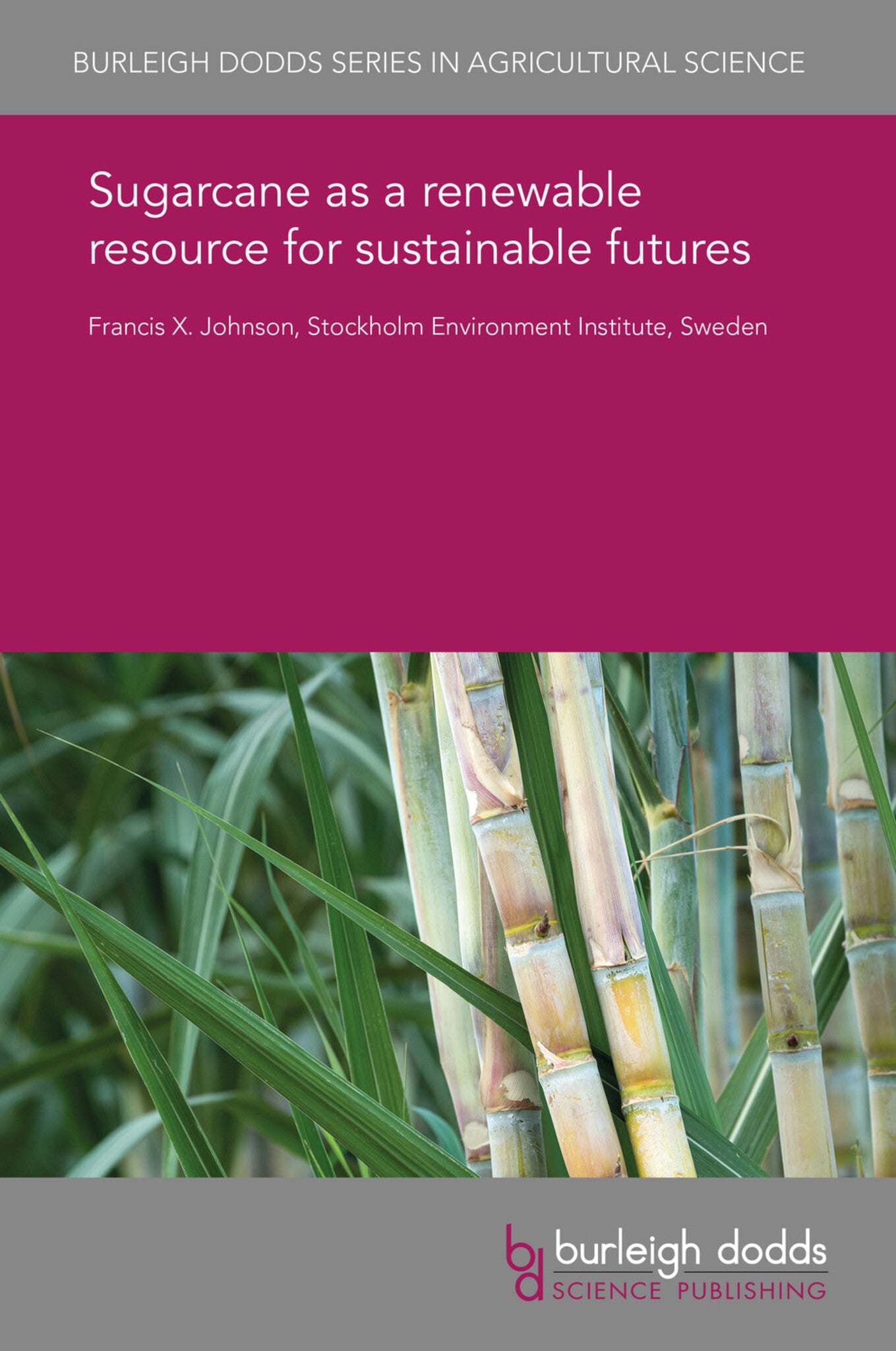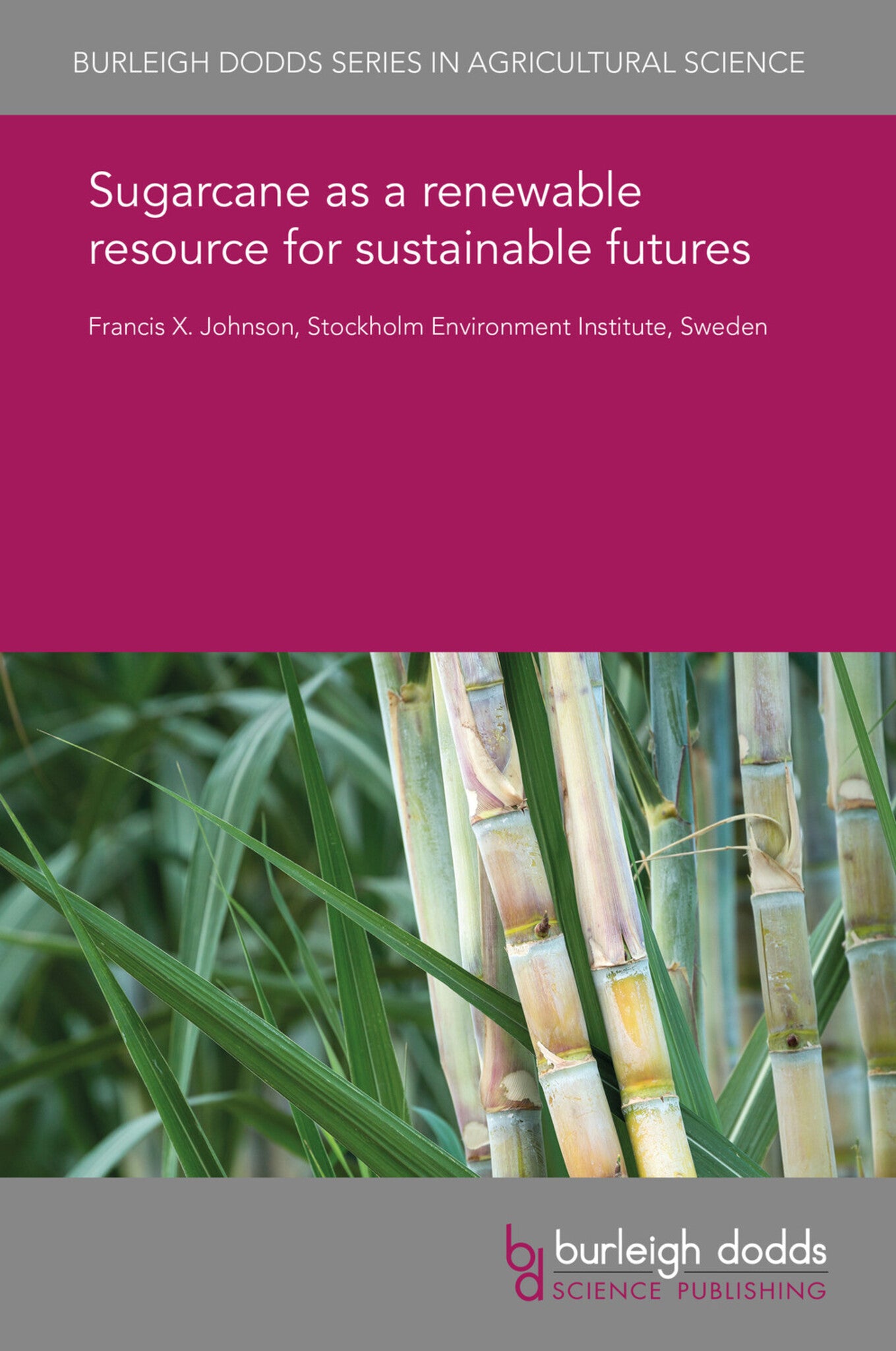We're sorry. An error has occurred
Please cancel or retry.
Sugarcane as a renewable resource for sustainable futures
Regular price
£25.00
Sale price
£25.00
Regular price
£0.00
Unit price
/
per
Sale
Sold out
Re-stocking soon
Sugarcane is not only the main source of sucrose but also the world’s most important energy crop with an important role in the global sustainability transition, owing to its high productivity, its ...
Read More

Some error occured while loading the Quick View. Please close the Quick View and try reloading the page.
Couldn't load pickup availability
- Format:
-
11 December 2017

Sugarcane is not only the main source of sucrose but also the world’s most important energy crop with an important role in the global sustainability transition, owing to its high productivity, its concentration in developing and emerging economies and the wide array of commercial products that it can provide. This chapter describes the diversification of sugarcane production systems into multiple energy and non-energy products, improving economic competitiveness and environmental sustainability. The chapter examines how improved sugarcane production can contribute to social equality where good governance and inclusive institutions are designed and implemented. It also focuses on sustainability assessment, including the entire supply chain from cultivation through end use. The chapter finally describes the development of bio-refineries using sugarcane as feedstock and examines the ways in which efficient and effective use of sugarcane resources supports sustainable development pathways.

Price: £25.00
Publisher: Burleigh Dodds Science Publishing
Imprint: Burleigh Dodds Science Publishing
Series: Burleigh Dodds Series in Agricultural Science
Publication Date:
11 December 2017
ISBN: 9781838795948
Format: eBook
BISACs:
TECHNOLOGY & ENGINEERING / Agriculture / Sustainable Agriculture, Agronomy and crop production, TECHNOLOGY & ENGINEERING / Agriculture / Agronomy / Crop Science, Sustainable agriculture

1 Introduction 2 Sugarcane resources and co-products 3 Sustainability for sugarcane-based biomass, bioenergy and biofuels 4 Agricultural operations and land use 5 Lifecycle performance and assessment 6 A brief case study in Brazil 7 Conclusion 8 References



